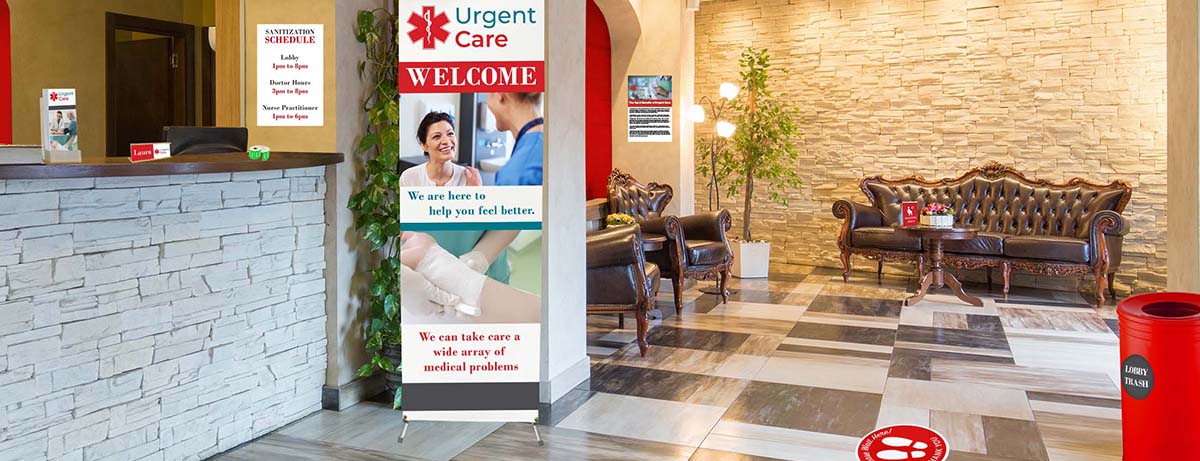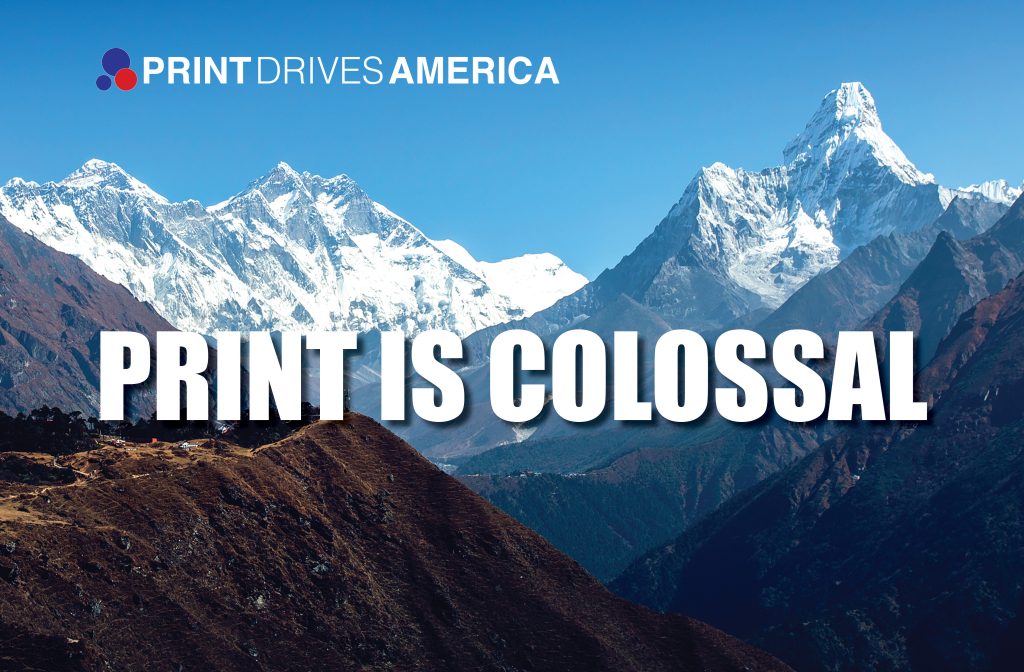
Rarely has there been a better time to concentrate some selling efforts within the real estate market. This industry is ranked number six on Printing Impressions Top 25 Hot Markets for Printing. Homebuilders and realtors could surpass $8B in print buying in 2022, so now is prime time to start some conversations.
It’s all in the consultation
Today, successful sellers act as trusted advisors to their buyers to help them find the best solutions. By adopting a consultative selling strategy, Distributors create value in the sales process and benefit from better results, more conversions, greater customer affinity and more referrals. To make it a little easier to be that consultant to your clients in the real estate vertical market, we’ve summarized some useful data to draw from. Understanding what it is your customers and prospects are faced with will give you a leg up in your engagement with them.
Their major priorities
The top five concerns within the current real estate market are driven primarily by the evolving consumer landscape that has taken place within the last two years. Each are significant to the industry right now and altogether reflect opportunities for your consultation and problem-solving.
- Reaching new audiences is critical as the industry sees demographic shifts that are giving way to a new generation of homebuyers.
- Communicating how they are staying on top of lifestyle changes – like remote work, in-home spas and meditation spaces for example – assures audiences that they are on the cutting-edge of shifts in needs and preferences.
- Showing up strong with personalized communications to existing and prospective clients is imperative in order to keep messaging relevant and more relatable.
- Rising above the competition and a clear demonstration of going “above and beyond” strengthens relationships and makes long-lasting impressions.
- Putting in significant relationship-building efforts further enhances the client’s buying and selling experience.
Solutions that matter
Print advertising has been a mainstay in the real estate vertical market, helping to reach, relate, inform and impress. It has served as a pillar in resolving the needs of the industry and there are several reasons why it shows no signs of going away anytime soon:
- Realtors can’t afford not to spend some dough on advertising if they’re banking on long-term viability for their business.
- Print marketing keeps advertising costs affordable. Less dough, more ROI.
- Print is ideal for effectively promoting existing listings.
- Personal cards and gifts make staying in touch easy and meaningful.
- The more exposure realtors get, the better.
- Direct mail has mighty sales boosting power.
- Print helps amplify one’s niche and environmentally responsible practices.
Next level marketing
An enormous migration to electronic media has caused the email inboxes of both buyers and sellers to be bombarded with countless offerings and homes for sale. The digital noise is deafening. Luckily the top print products not only effectively cut through the noise, but also take real estate marketing to the next level. These examples are not just the most popular items, they’re the ones with a high rate of return on investment:
- Brand Identity – business cards and stationery set the tone, convey professionalism and can double as eco-friendly reminders
- Direct Mail – The #1 way to reach new buyers and sellers; postcards are economical and versatile
- Marketing Materials – folders, brochures, booklets, rack cards, door hangers and flyers are effective tools for on-site marketing
- Custom Signage – interior and exterior signage products draw attention, provide direction and boost brand awareness
- Labels – used for advertising, identifying, informing and branding
- Promotional Products – branded apparel, drinkware, writing instruments and bags make long-lasting brand impressions
- Custom Forms – branded, multi-part forms streamline processes, inform clients and meet compliance requirements
Listen and Learn
Consultative selling is about helping folks find answers. Salespeople who take the time to fully understand their buyers’ needs and challenges are in the best position to recommend the right solutions. Asking open-ended questions happens to be the best way to uncover the real motivation for buying. Not only will the consultative salesperson continue to learn more about their prospect’s challenges and obstacles, they will also be rewarded with satisfied, loyal customers. Be the hero that knows how to help them get started with printing high-quality, effective materials to really shine in the marketplace.
The takeaway
Real estate professionals know the importance of marketing their business and their client’s listings. High-quality print products are immensely important to your customers and prospects in the real estate industry, and having an inferior product will likely decrease their closure rate as a realtor or broker.
We have done our research and developed marketing assets to assist you in your sales opportunities within this top industry. We’ve compiled top print products for the Real Estate market and are offering free sales support materials including:
Check it all out here. Don’t wait, get your free sales materials today. These resources can be used by YOU to email your customers, post on YOUR social pages, take with you to a presentation, mailed directly, presented via virtual meeting, and more.






















 Always here for you
Always here for you